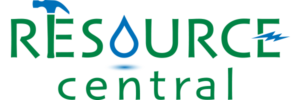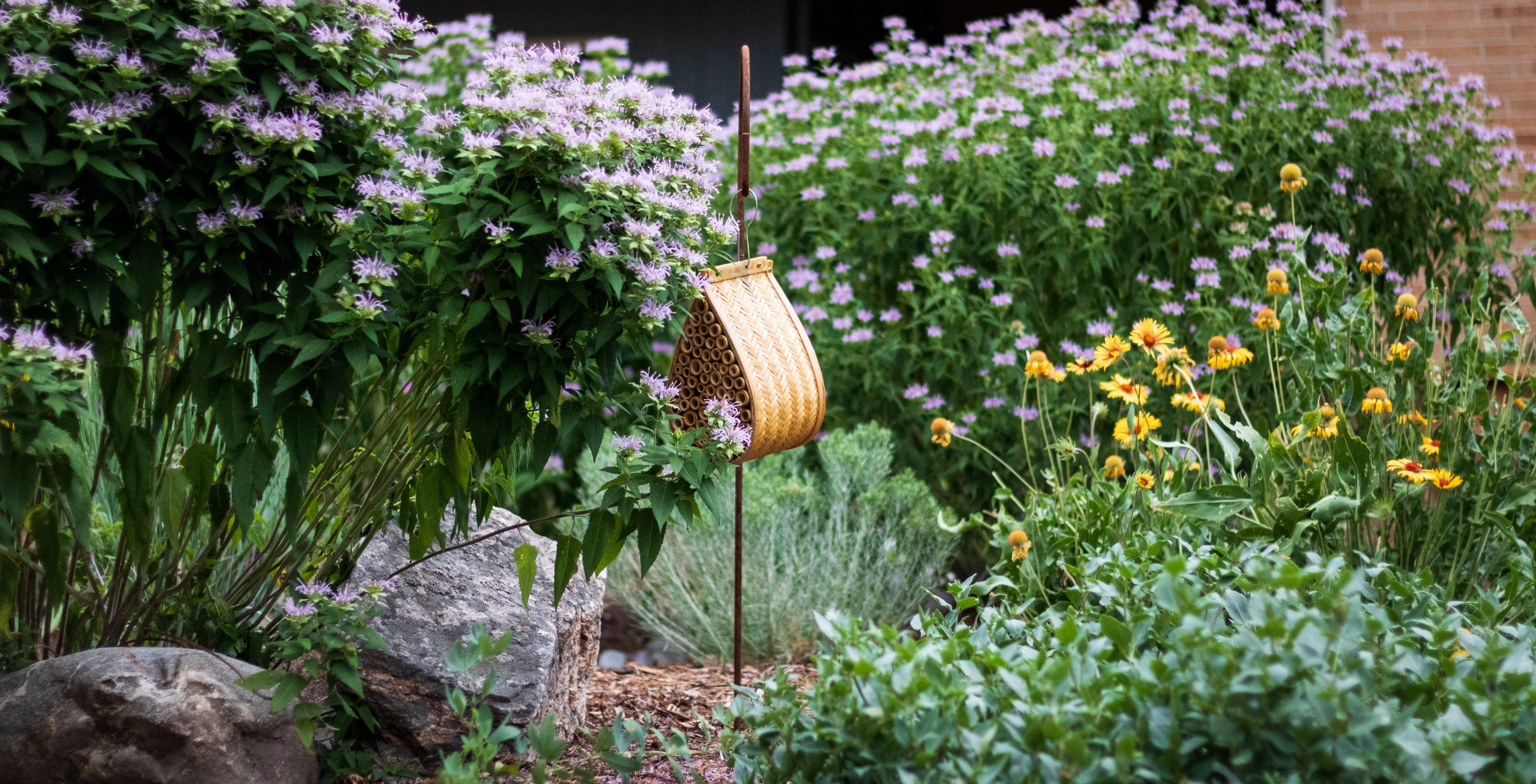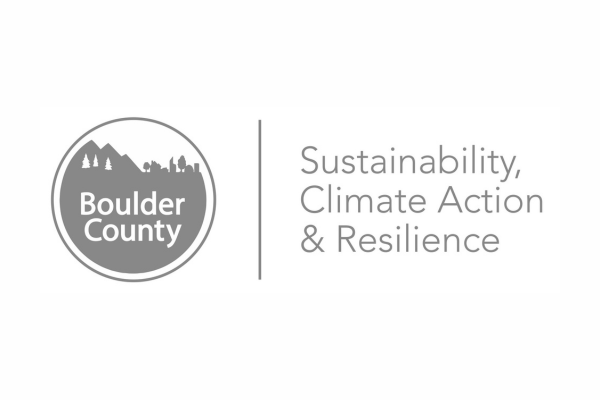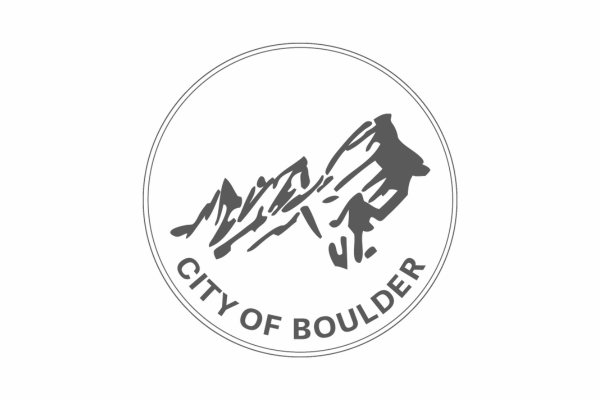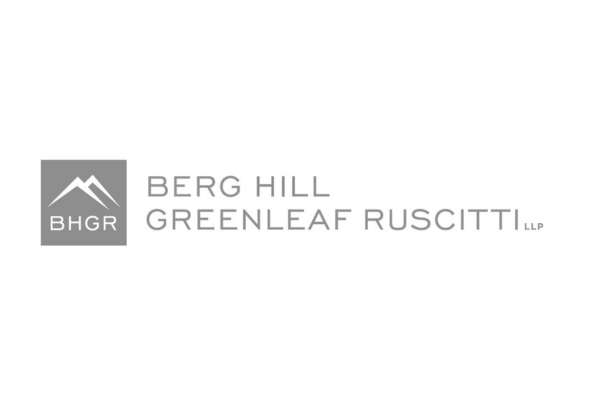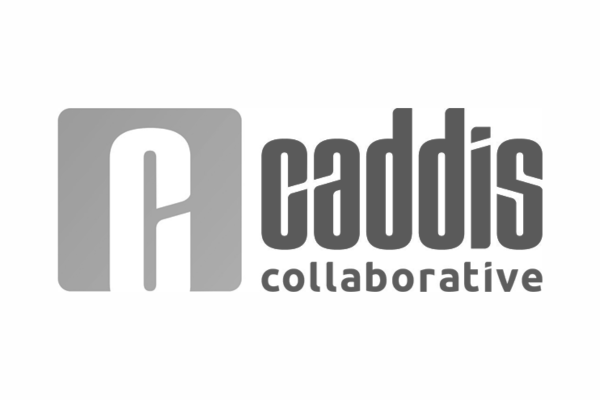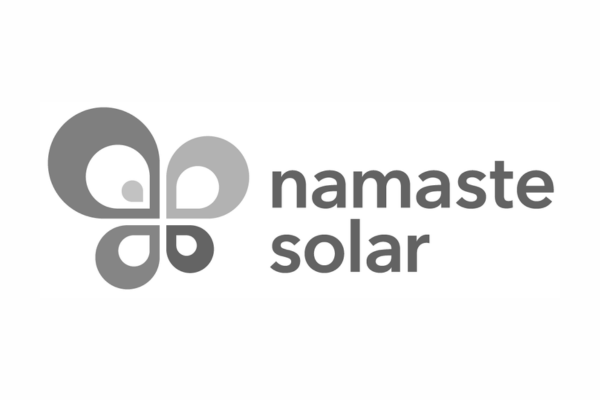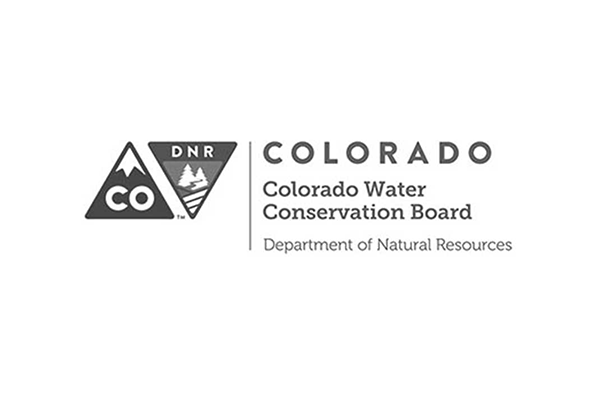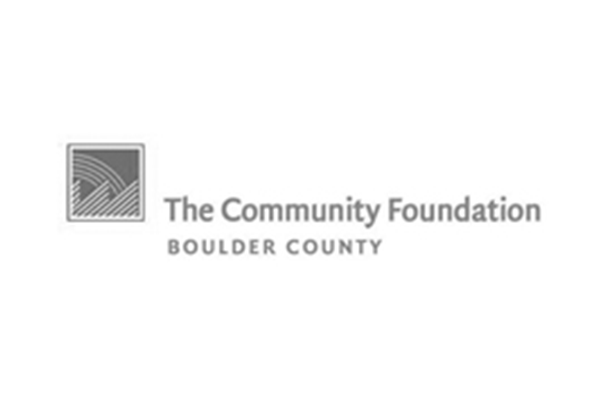As low-water landscaping becomes the new norm in Colorado (check out our most recent blog post about xeriscaping myths!) a focus on native plants is also increasing in popularity. In fact, the two concepts are linked. They both focus on providing benefits to our surrounding environment, apart from mere appearance.
So what is a ‘native’ plant?
Doing a quick search of the term ‘native plant’ will show that there’s not one simple definition. The Ladybird Johnson Wildflower Center provides an overview of a few common definitions including:
“A plant species that occurs naturally in a particular region, state, ecosystem, and habitat without direct or indirect human actions.” (Federal Native Plant Conservation Committee, 1994)
“Those [plants] that have evolved and adapted to a specific location and have remained genetically unaltered by humans.” (Andy Wasowski, The American Gardener, 1998)
“A plant…that has evolved in a given place over a period of time sufficient to develop complex and essential relationships with the physical environment and other organisms in a given ecological community.” (Doug Tallamy & Rick Dark, The Living Landscape, 2014)
As the article points out, these definitions typically share two threads, the ‘human factor’ (i.e. “the plant evolved without human intervention”) and ‘place’. While these threads weave most definitions together, their ambiguity is also what contributes to the lack of consensus. When considering place, do state/county lines or geographic regions create the border? Is any human interaction, during any time period, acceptable?
Source: Colorado Native Plant Society
Let’s think about this in the context of Colorado. Within our state’s rectangular border, there are five different regions (as indicated in the figure above), defined primarily by elevation and average rainfall, that support diverse and distinct groups of plants (Colorado Native Plant Society). If we zoom out, these regions expand across state borders into larger continental regions. In the figure below, three continental regions intersect in the state of Colorado (The Xerces Society). Other sources have listed Colorado as a part of the South West region as well. Therefore, the phrase ‘regional native’ can be used to describe plants that may be found beyond the border of a certain state, but within the same larger continental region.
Source: Xerces Society
Another important term to know is ‘nativar’ (a combination of ‘native’ and ‘cultivar’). First, a cultivar is a plant that has been “developed or selected for its desirable characteristic and maintained by propagation”. So, a nativar is a cultivar of a straight-species native plant (Wild Ones).
Why natives?
With a little more context to the definition of a native plant (with maybe some added ambiguity also), let’s get into why this matters. One of the most notable answers in short is pollinators. Doug Tallamy, the author of ‘Bringing Nature Home’ and ‘Nature’s Best Hope’, conducted a study to see just how important native plants are compared to non-native species, specifically for bird breeding success. They found that native oak trees support 557 species of caterpillars. The popular and attractive yet non-native Gingko trees support zero (Doug Tallamy, Bringing Nature Home, 2009). Put simply, our native pollinators which are vital to a healthy and diverse ecosystem are reliant on native plants. As urbanization increases in Colorado, bringing these native plants into our backyards is essential.
Planting native plants is also an easy way to ensure your garden is low-water. We may think of Colorado as a harsh growing environment (thick clay soil, windy conditions, hot and dry summers) but to these plants, it’s home. Colorado’s native plants are naturally adapted to thriving with a low amount of water and tolerating periods of drought.
Garden In A Box & native plants
When we at the Garden In A Box program use the term native, we are referring to regional natives (Mountain, North Central, South Central, and South West) and nativars. Over the past few years, the Garden In A Box program has committed to increasing the number of regionally native plants found in the garden collection each year. Sourcing native plants is often a challenge, which is why you’ll notice nativars in our gardens. Check out the detailed plant list on each garden’s product page for info on the native status of each plant included in that garden.
Sources & Additional References:
